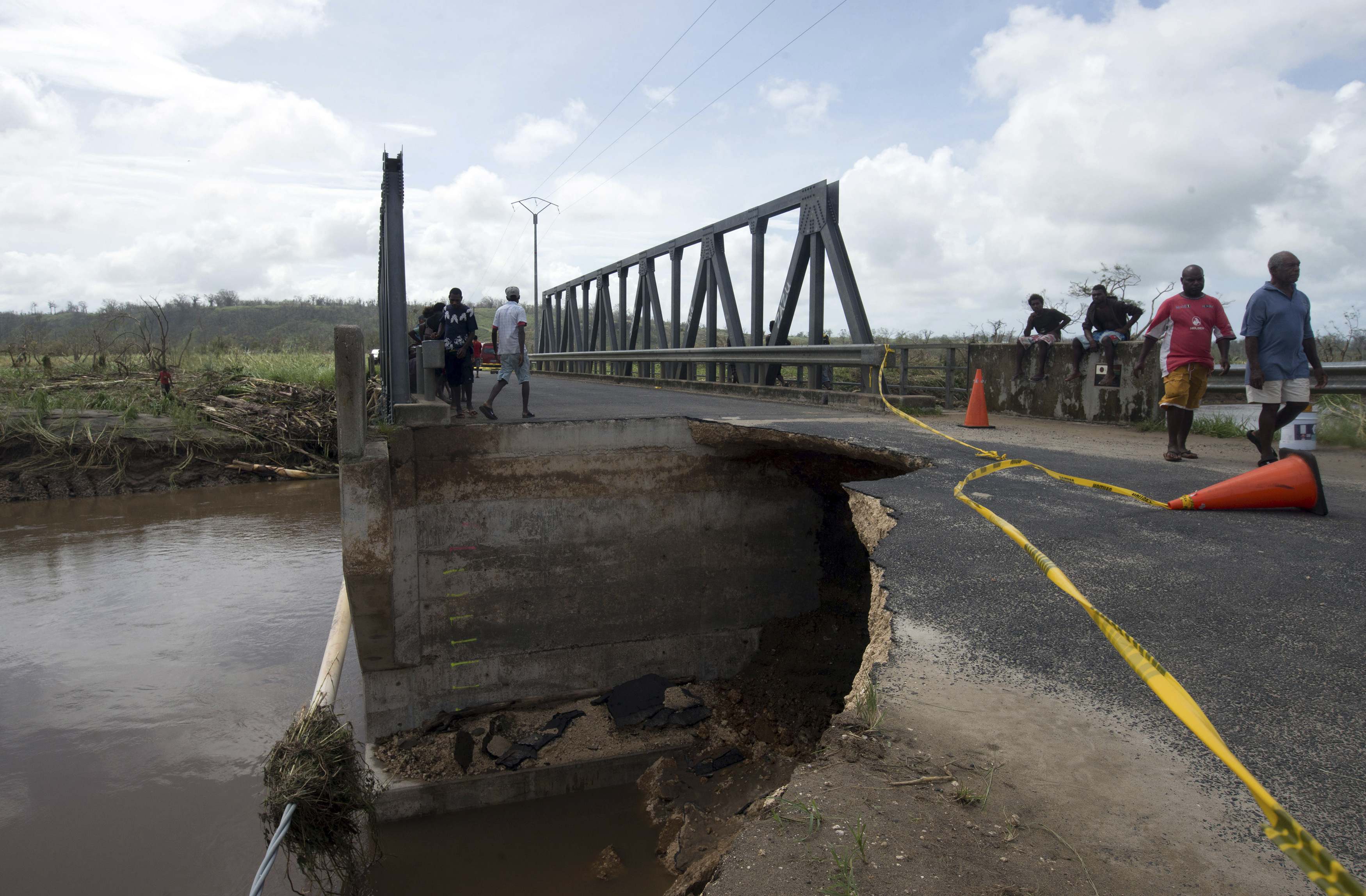The first reports from the outer islands of Vanuatu on Monday painted a picture of utter destruction after a monster cyclone tore through the Pacific island nation.
Authorities in the South Pacific nation were struggling to establish contact with the islands that bore the brunt of Cyclone Pam's winds of more than 300 kph (185 mph), which flattened buildings, smashed boats and washed away roads and bridges as it struck late Friday and into Saturday.
The government's official toll is eight dead and 20 injured but that looks certain to rise, given the extent of the damage.


















With your current subscription plan you can comment on stories. However, before writing your first comment, please create a display name in the Profile section of your subscriber account page.